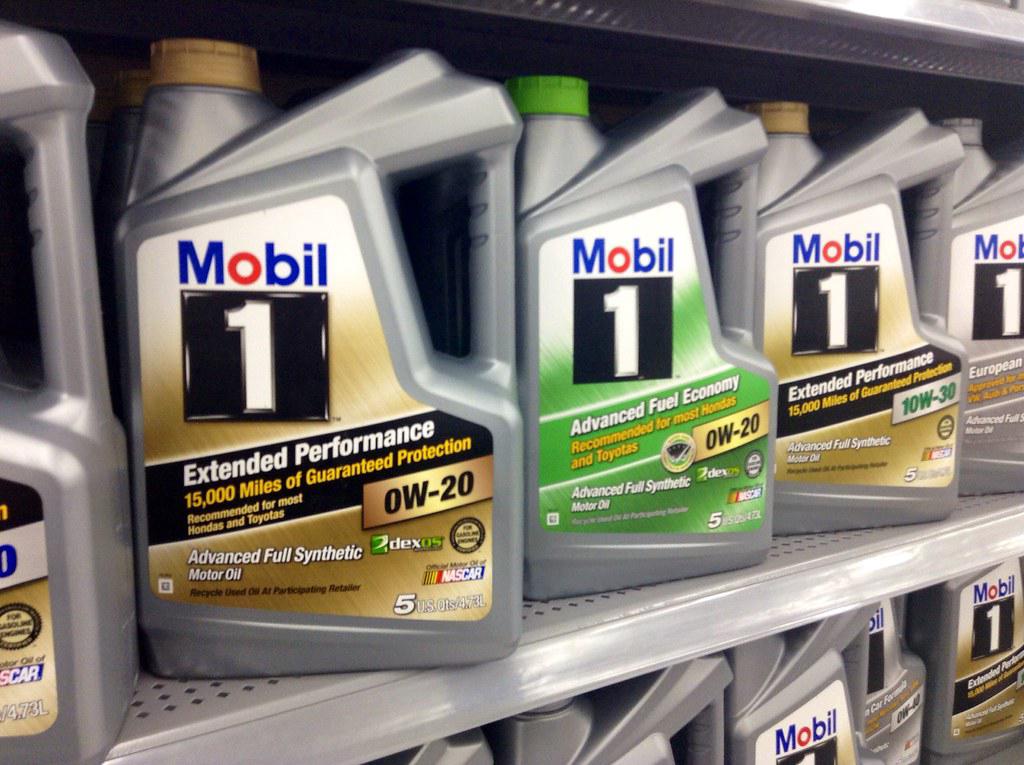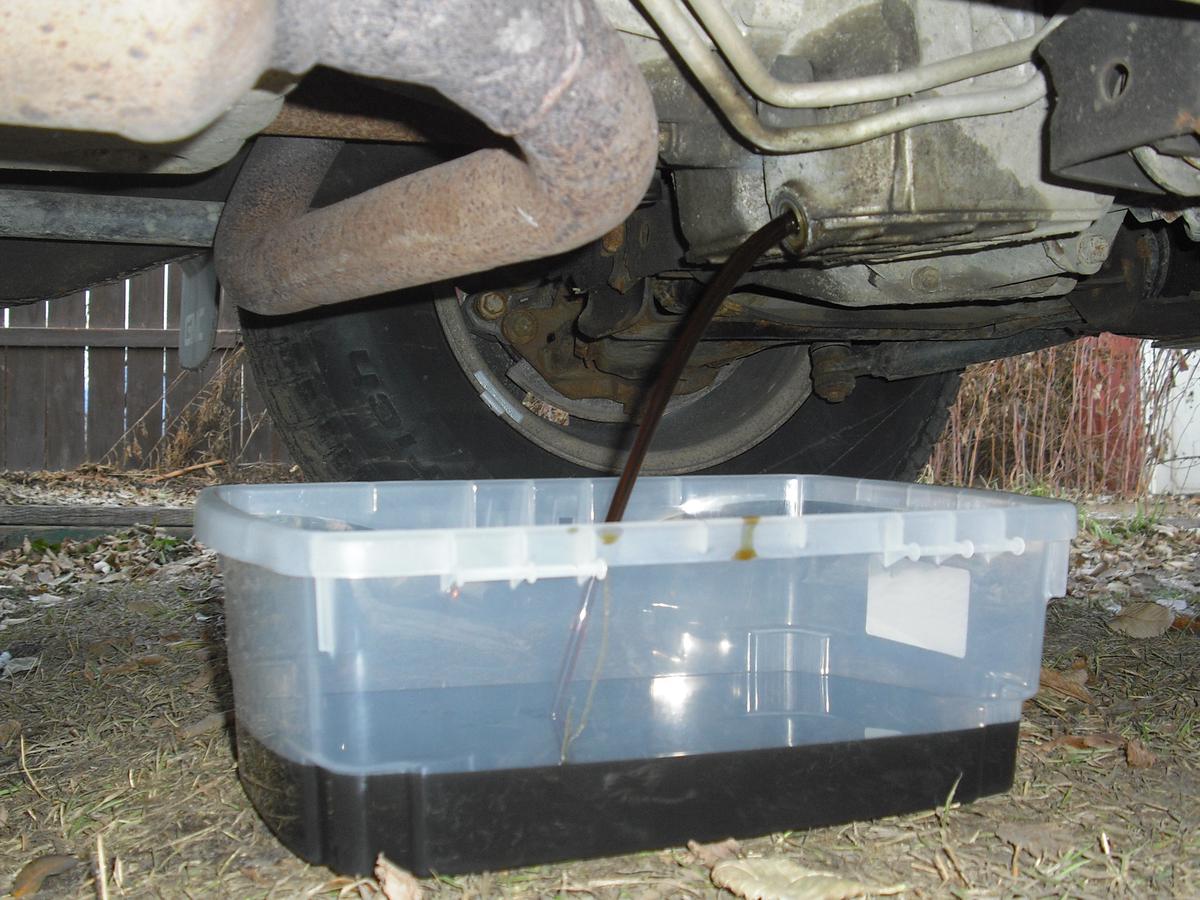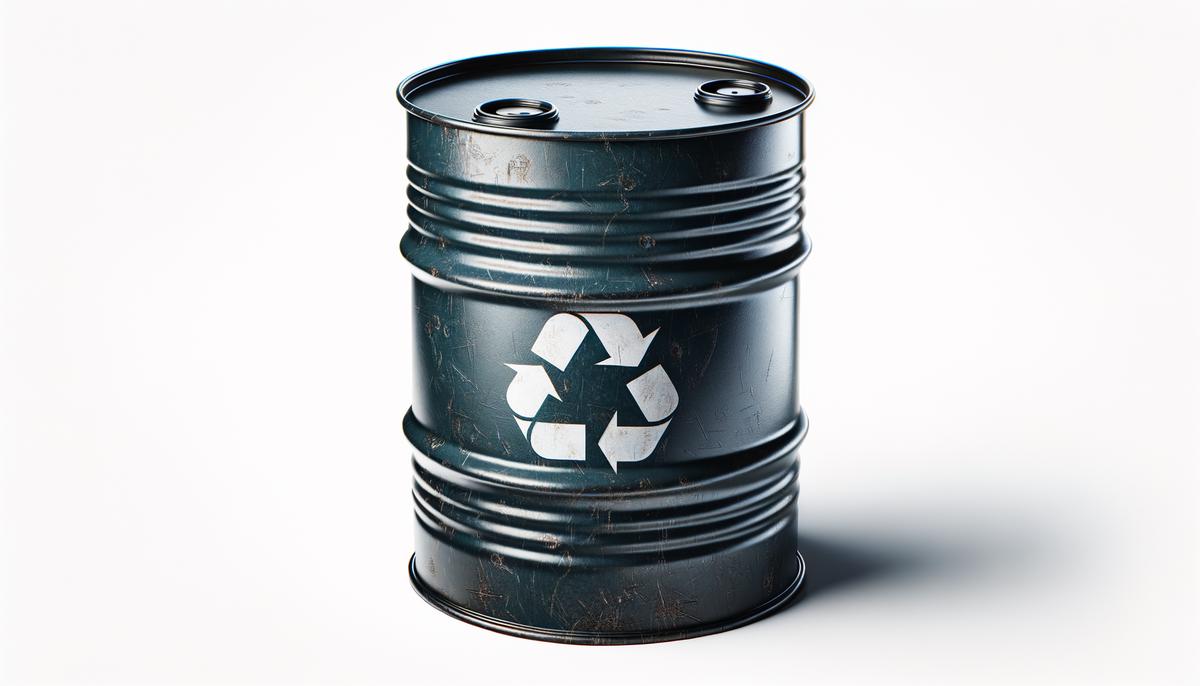Understanding Oil Types and Change Intervals
When managing your car’s engine, knowing the right oil type is crucial. Engines vary, and so do their oil requirements. Consult your owner’s manual; it usually specifies the exact oil your engine needs. For example, many Toyota Camrys thrive on 0W-20 synthetic oil. This oil type remains fluid in both hot and cold temperatures, providing consistent protection year-round.
Over time, oil degrades, getting thick and dirty from debris and combustion by-products. Frequent oil changes flush out the muck and keep your engine running smoothly. The industry standard for changing oil used to be every 3,000 miles, but modern vehicles could stretch that to 5,000 or even 10,000 miles with synthetic oil. Always check what your manual recommends.
Oil filters play a vital role, trapping particles and preventing them from circulating back through your engine. Each time you swap your oil, replace the filter. Using an old filter with new oil defeats the purpose.
You’ll encounter conventional and synthetic oils. Conventional oil is refined from crude oil, while synthetic oil offers enhanced protection and performance. Synthetic oil tends to excel in extreme temperatures and offers longer intervals between changes.
Viscosity grades matter too. Numbers like 5W-30 or 10W-40 denote the oil’s thickness at different temperatures, essentially marking its performance range. The lower the first number before the “W,” the better the oil flows in cold weather. The second number indicates how well it performs in hot conditions.
Stick to the same oil type. Mixing different oils can compromise performance. High-mileage oils for older cars contain additives designed to condition seals and reduce leaks, often with detergents to help clean older engines and restore performance.
Following the oil change intervals is essential preventive maintenance. Modern vehicles with synthetic oil might extend to 10,000-mile intervals, but always verify with your car’s manual. Skipping or delaying an oil change can lead to increased engine wear, lower fuel efficiency, and costly repairs.

Gathering Tools and Safety Equipment
Before starting an oil change, gather the right tools and safety equipment. Proper preparation enables you to complete the task efficiently and safely.
Collect the essentials:
- Fresh oil
- The correct oil filter
- An oil drain pan
- Wrenches
- A ratchet set
- An oil filter wrench
Safety gear is a must. Nitrile gloves protect your hands, and magnetic lights illuminate dark areas under your car.
If your car’s oil pan is not easily accessible from the ground, you’ll need to elevate the vehicle using jack stands or ramps. Never work under a car supported only by a jack. Brake cleaner is useful for cleaning up spills and ensuring the oil drain area is clean.
Keep everything organized in your workspace, laying out tools within reach. This minimizes the risk of missing a crucial step or part during the oil change process.

Step-by-Step Oil Change Process
Begin by prepping your car – let it cool, and ensure it’s parked on a level surface. Engage the parking brake for extra security. Remove the oil fill cap to increase airflow and aid draining.
Place your oil drain pan underneath the oil pan, and locate the oil drain plug, typically a bolt on the bottom or side of the oil pan. Carefully loosen and remove the drain plug, allowing the old oil to drain completely.
While draining, locate and remove the old oil filter. Check that the rubber gasket is not left behind. Use a rag to wipe down the area.
Apply a thin layer of fresh oil to the new filter’s rubber gasket, and fill it about three-quarters full if designed that way. Screw the new filter into place by hand until the gasket contacts the mounting surface, then tighten an additional three-quarters to one full turn.
Inspect the condition of the oil drain plug and gasket, replacing if damaged or worn. Reinstall the drain plug, tightening securely without overtightening.
Add the manufacturer-specified amount of new oil through the fill hole, taking care not to overfill. Replace the oil fill cap.
Start the engine and let it run for about 30 seconds to circulate the new oil, then turn it off and wait for the oil to settle. Check for any leaks around the drain plug and filter.
Finally, verify the oil level with the dipstick, adding more oil if needed until it’s between the "FULL" and "ADD" marks.

Properly Disposing Used Oil
Never dispose of used oil improperly, such as pouring it down the drain or dumping it on the ground. Such actions can lead to severe environmental contamination.
Transfer the used oil into a sealable container, such as an empty oil jug or milk jug. Ensure the container is stable and won’t leak during transport.
Once sealed, take the used oil to a local recycling center or auto service center like AutoZone, many of which accept used oil free of charge. Some also accept used oil filters.
Recycling ensures the oil is processed safely and can be reused, reducing the demand for new oil production. For large spills, use absorbent materials like cat litter or specialized oil absorbents before sweeping into a disposable container.
Properly managing used engine oil not only complies with legal requirements but also contributes to a healthier environment. Recycled oil can be cleaned and reused, minimizing waste and promoting sustainability.

Each detail, from the viscosity rating to the oil type, shapes your car’s performance over its lifespan. Prioritize regular oil changes using the right oil for your vehicle – it’s essential preventive maintenance that keeps your engine happy and your car on the road longer.
- American Petroleum Institute. How to Handle, Transport and Dispose of Used Motor Oil. API. 2021.
- Automotive Service Association. Understanding Viscosity Grades and Motor Oil Specifications. ASA. 2020.
- Environmental Protection Agency. Properly Managing Used Oil. EPA. 2018.
Leave a Reply